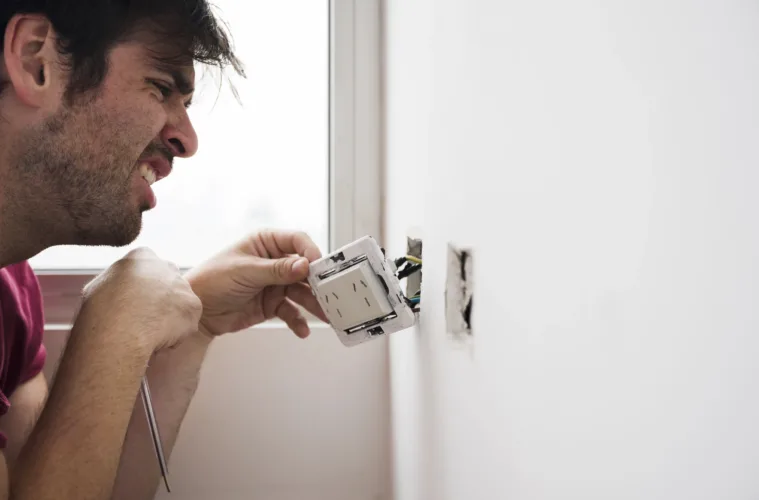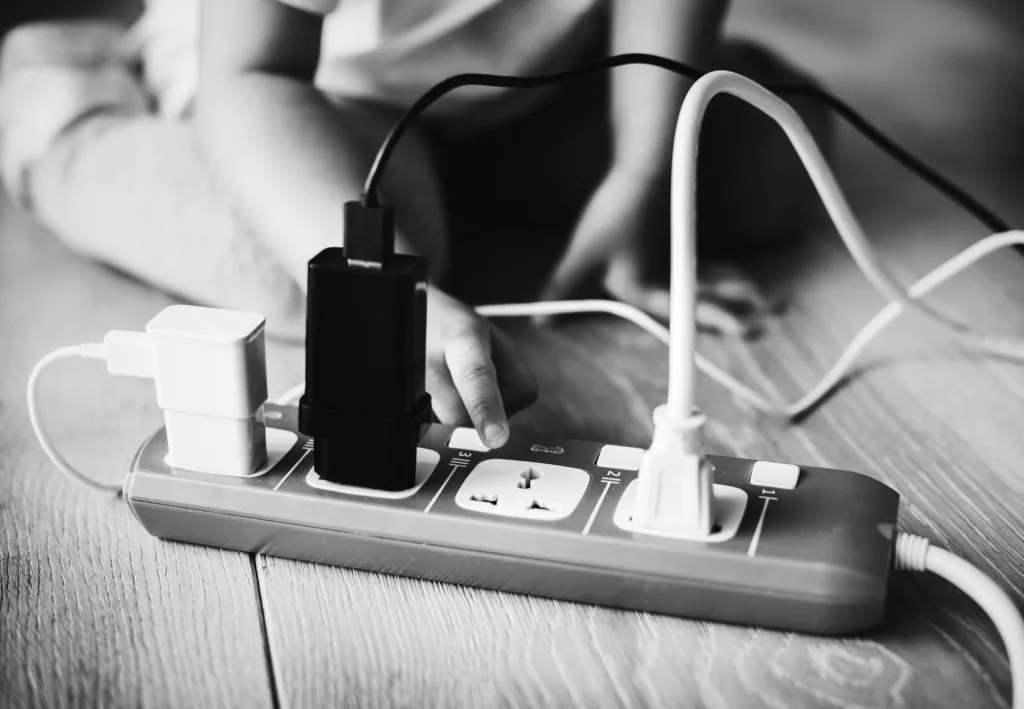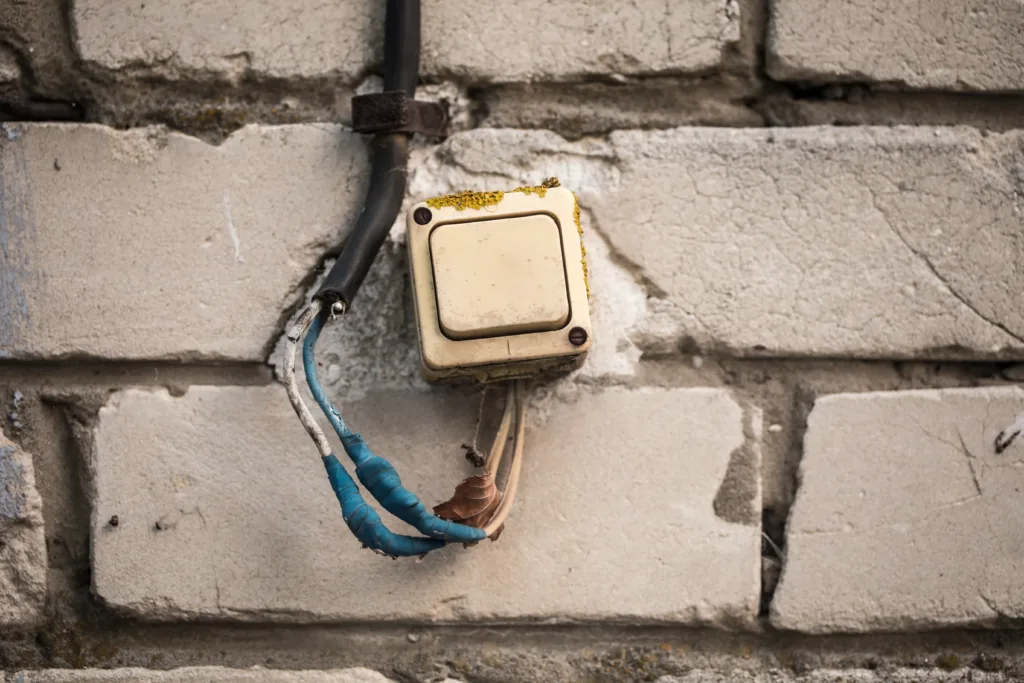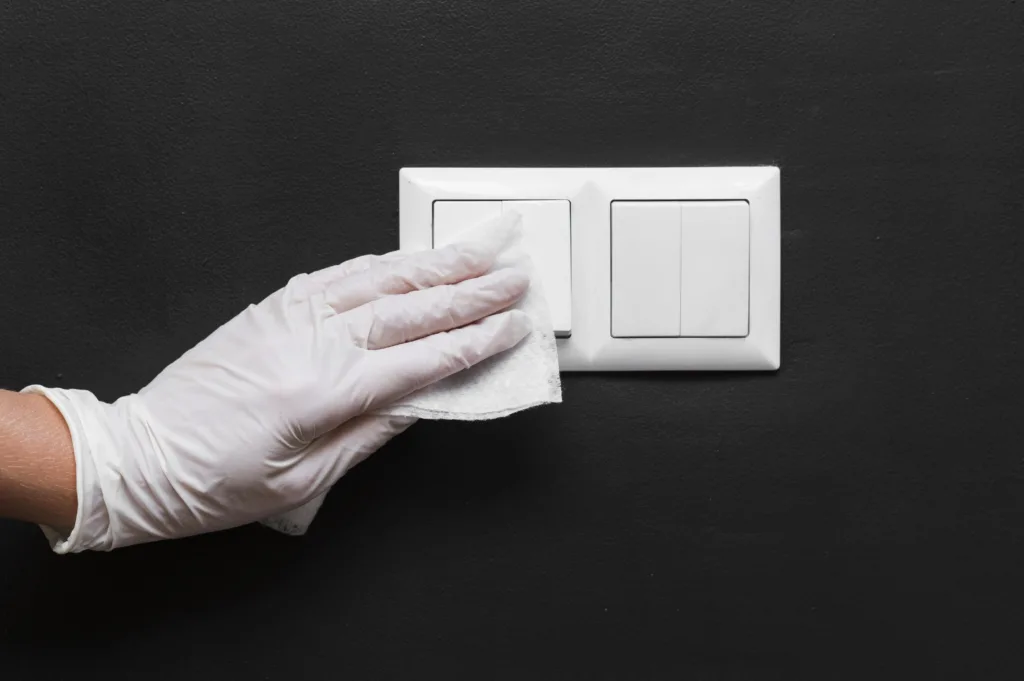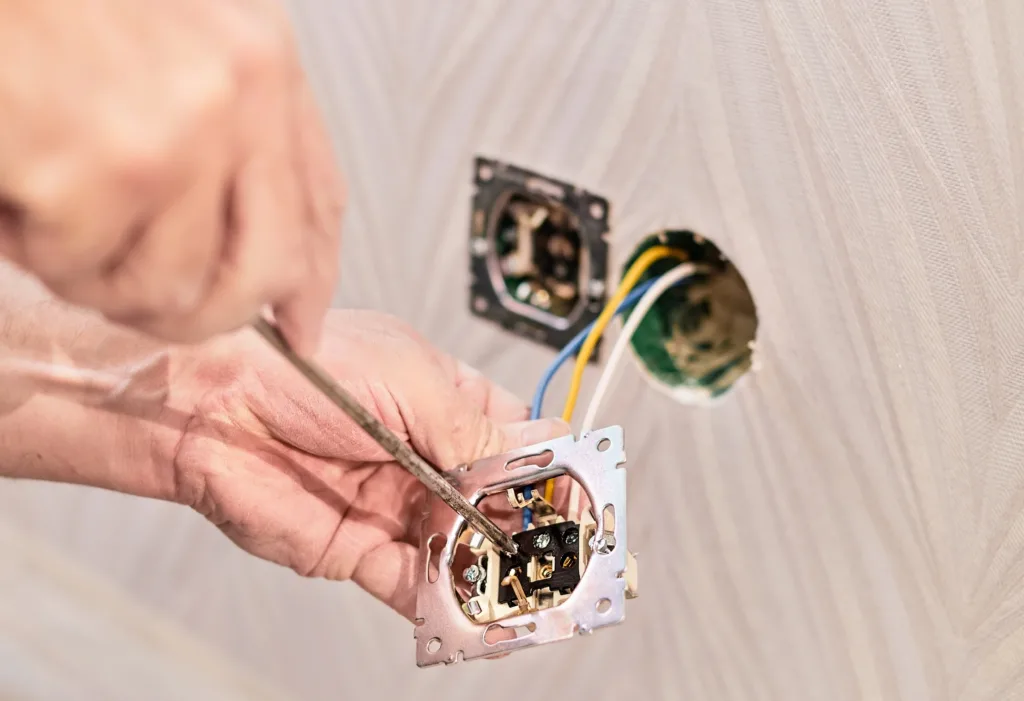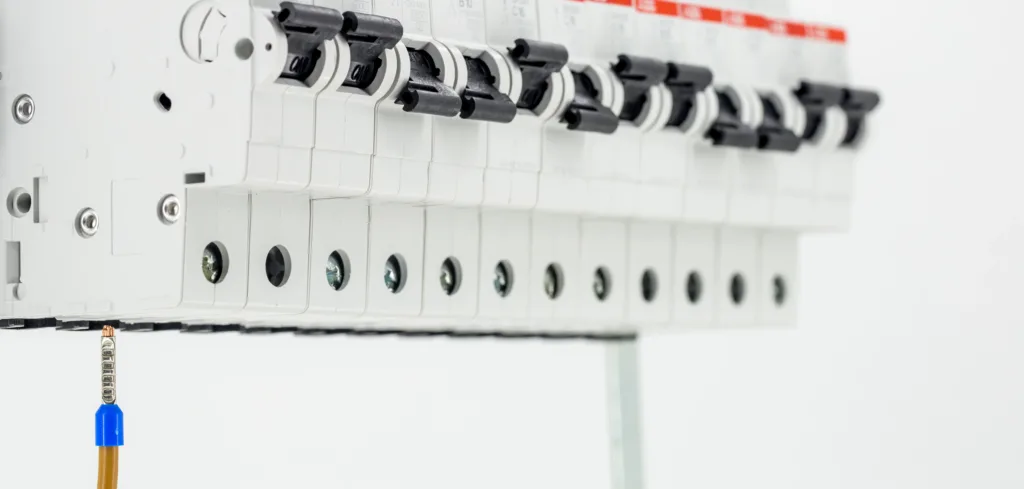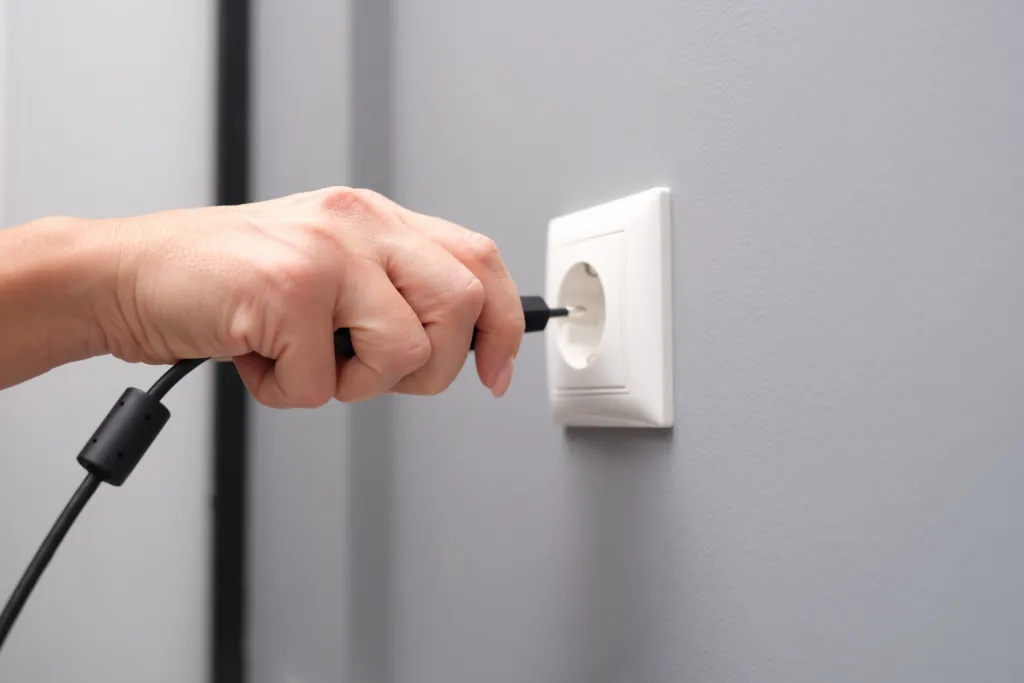If you see a smoking outlet in your home, the first thing you should do is not
panic! Smoking electrical outlets can be frightening and pose a serious issue,
indicating a potential danger within your home electrical system. Knowing
and understanding how to fix the issue, or atleast what to do if such a thing
occurs, can keep you, your family, and your property safe.
What Are The Causes Of A Smoking Outlet?
Once you understand the root cause of a smoking electrical outlet, it can
help in preventing dangerous situations such as electrical fires, electrocution,
and severe property damage. Let’s explore the common reasons why an
electrical outlet may start smoking:
1. Overloaded Circuit
Electrical outlets are designed to handle a specific amount of power,
and when too many high-powered appliances are plugged in, it causes
overheating. Due to this excessive electrical current flow, the wiring
insulation melts and produces smoke.
2.Faulty, Old, or Damaged Wiring
Electrical outlets are designed to handle a specific amount of power,
and when too many high-powered appliances are plugged in, it causes
overheating. Due to this excessive electrical current flow, the wiring
insulation melts and produces smoke.
3. Short Circuit
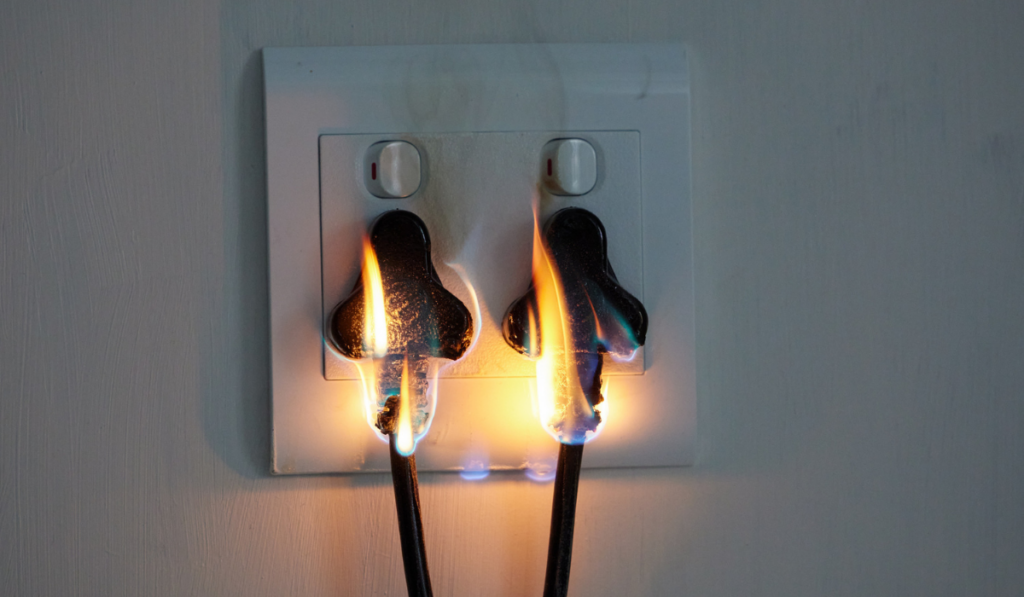
A short circuit occurs when electricity bypasses normal wiring route
due to exposed wires, faulty appliances, or improper connections. When this occurs, a sudden surge of electrical current starts
generating extreme heat, leading to smoke and even fire.
4. Exposure to Wet
It’s common knowledge that water and electricity don’t mix. They are
a deadly combination. Therefore, if water leaks, or accidental spills,
seeps into an outlet, it can cause short circuits leading to overheating,
and electrical fires.
5. Broken or Loose Outlets
Damaged, loose outlets lead to poor connections between the plug and
outlet, causing electrical arcing, which produces smoke.
6. Cheap Electrical Components
Cheap power strips, low-quality extension cords, and outlets may not
meet safety standards, leading to overheating and failure. Therefore,
buy components from reputed and branded manufacturers and look for
certification labels on electrical products.
Avoid overloading extension cords and using substandard adapters as
they are can be a hidden cause towards house fires and short circuits.
What To Do When You See a Smoking Outlet?
A number of factors contribute to a burning electrical outlet. However,
before inspecting it, make sure you evacuate family members out of harm’s
way. A smoking outlet may mean there’s a fire behind its walls. In that case,
keep an eye out for visible flames. If possible, try to put the fire out, but
avoid throwing water as the electric current might shock you. Here are some
steps of what you should do when you see a smoking outlet:
1. Turn Off Power
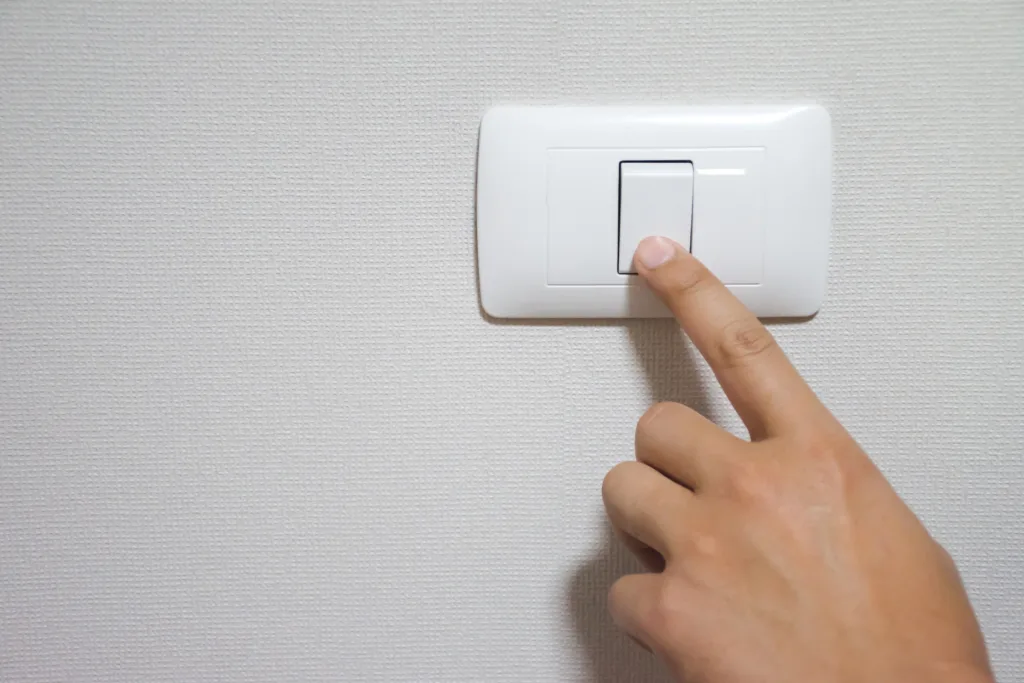
The first and most important step is to turn off the power switch
immediately when you see smoke coming out of the electrical outlet. For
safety measures, locate your electrical panel and turn off the circuit breaker
to stop the flow of electricity throughout your home.
2. Pull The Plug
The next step is to pull the plug, literally. If any device is connected to the
burning outlet and if you don’t see any sparks or flames, unplug it. However,
do not touch the outlet if it appears to be burnt or scorched.
3. Avoid Water
Water and electricity do not mix, and is a dangerous combination. If you do
see flames coming out of the outlet, do not try to put it out with water, wet
cloth, or touch anything with wet hands. It’ll only worsen the situation and
lead to electrocution. Instead, evacuate the premises and call fire service to
handle the situation.
4. Call A Professional
Once you have turned off the switch, do not inspect it by yourself. Call
electricians in St. Louis, MO to inspect the outlet and your entire home
electrical system. Smoking outlets can be caused by overloaded circuits,
faulty wiring, or internal damage that requires a professional repair.
5. Call Fire Service (If You See Fire or Excess
Smoke)
If you see flames coming out of the electrical outlet, evacuate immediately
and call fire services. Do not take matters into your own hands and try to
attempt to fight electrical fire on your own.
6. Conduct Inspections
After the electrician has resolved the issue, they will most likely check for
the cause. In addition, they’ll check for other damaged outlets or signs of
electrical issues in your home. If you notice flickering lights, electric sparks,
burning smell, or frequent circuit breaker trips then there may be underlying
problems in your home that require attention.
7. Safety Tips
A smoking electrical outlet is a serious safety concern that requires
immediate action. By turning off the power, seeking professional assistance,
and following preventive measures, you can protect your home and family
from potential electrical hazards. Always prioritize safety and never ignore
signs of electrical issues in your home.
To avoid such incidents from occurring, follow these safety tips:
● Do not overload outlets by connecting too many devices.
● Learn the wattage power of an outlet before plugging in a high-
powered adapter.
● Do not compromise on quality. Use high-quality surge protectors.
● Replace old or damaged outlets as soon as possible.
● Conduct periodic electrical inspections of your home.
Final Thoughts
A smoking electrical outlet is a major warning sign of an underlying electrical
problem occurring right under your nose. Whether it's due to overloaded
circuits, faulty wiring, or moisture exposure, it should never be ignored and
should be addressed as quickly as possible.
Regular maintenance, safe power usage, and professional inspections can
help keep your electrical system safe and prevent hazardous situations from
happening. If you ever encounter a smoking electrical outlet, act quickly,
evacuate, and seek professional help to avoid severe consequences.

